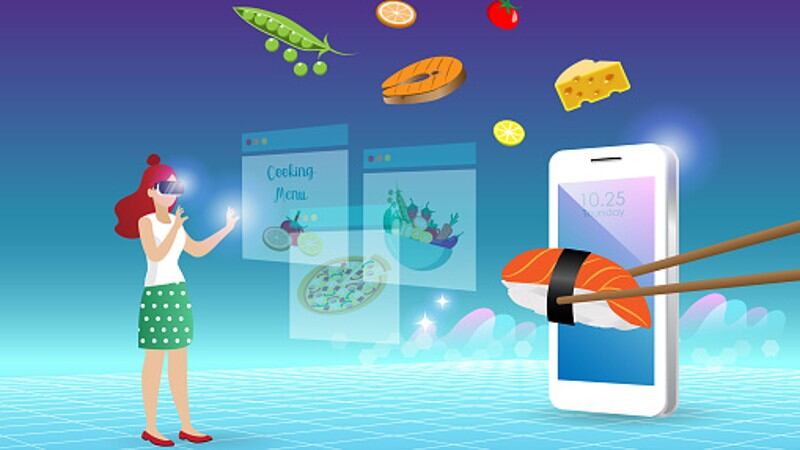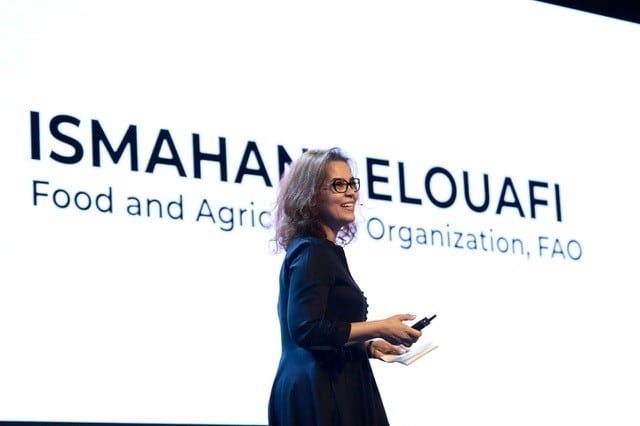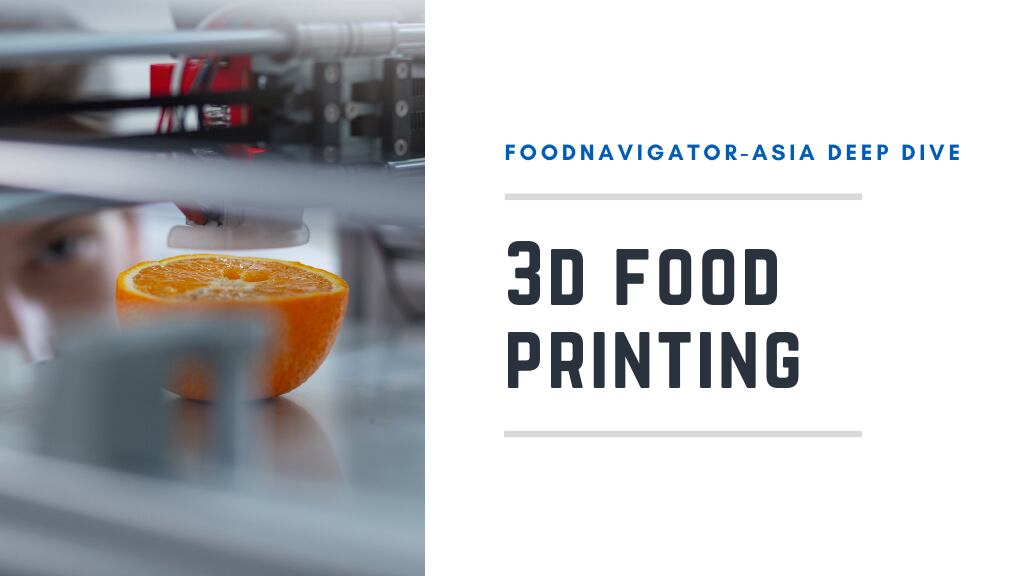The concept of a Metaverse – a digital platform for the interaction of people, places and products to interact beyond real life – is not a new one, especially with Facebook having solidified the concept with its milestone change of brand name to Meta. But for most within the food and beverage sector, this is still very much a thing of the future and not a current reality.
However, according to industry experts the time really is now for businesses to start acclimatising and familiarising themselves with this, as it will eventually emerge as an important way of marketing products and interacting with consumers in the near future.
“We are currently entering the phase of Web 3.0 – Web 1.0 was the phase of TV and radio where everything was one-way communication from brands to consumers; Web 2.0 is the internet today where there is a two-way interaction between brands and consumers but the platforms such as websites are still owned by the brands; but Web 3.0 is going to be a very different situation,” technology venture firm Wasabi Ventures Product Owner Dhanakorn Ocharoenchai told the floor at a virtual seminar on the Metaverse.
“The whole idea of Web 3.0 is decentralisation, a situation where the brands are no longer the central authority owning the platform of interaction, but instead no one owns the platform and instead the brand, the consumers, the platforms, the services and the products are all integrated, bringing back true digital ownership for consumers.
“This will remove what is happening today with Web 2.0 where consumers are far less in control of their data – the basic concept today is that if you’re not paying for something, such as the use of a free app, you are the one being sold, so whilst using that app your data is being sold to those who see value in it and want to target you with right ads, products, or services – something that will change in the Metaverse [and] along with this, brands are going to be less powerful.”
So if as predicted, brands are going ‘lose power’ when the Metaverse eventually becomes a norm, the only way to even things out will be to utilise it to their maximum advantage – and the good thing here is that there are limitless options by which to do this.
“When it comes to the food sector, one way to do this could be by improving consumers’ experience when eating your product – so enabling them to use all their five senses (tasting, smelling, seeing, touching, hearing) when eating the product by changing the virtual 3D, all-immersive environment around them,” he said.
“An example could be sending a premium product to the consumers at home along and then using virtual reality or augmented reality (VR/AR) to change their environment with every bite – so enabling them to eat in more luxurious settings such as on a yacht or a high-class restaurant, despite being in their own home.
“The options are indeed limitless in the Metaverse, and what will take place at this stage goes well beyond just solving pain points but progresses to enabling interconnectivity with the digital space.”
As it is, the Metaverse concept is already steadily growing even if most don’t realise it things like VR/AR are already present on popular platforms such as Instagram, with many already actively using these, both on a personal level and in interactions with brands.
NFTs for other uses
We previously highlighted the role NFTs could potentially play in the future to offer both food safety and provenance in sectors such as premium alcohol, and this was also emphasised by Ocharoenchai.
“The alcohol sector is currently the furthest ahead in Metaverse acceptance, with many wine and liquor NFTs being created. We know that a major pain point for the wine industry is that a lot of intangible value exists that cannot be seen or determined until the bottle is opened – by which it will be too late to preserve any existing value – so if these are linked with NFTs and able to have verification using tagging such as QR codes, it will be much easier to track and authenticate without having to open the entire bottle,” he said.
“It’s also important to note that the process of going virtual has been accelerated in the past few years due to the pandemic, with many more consumers coming on board especially those from Gen Z.
“Many of these younger consumers also already have their digital wallets and are creating and selling NFTs, so there is unlikely to be any problem with this generating accepting and growing the Metaverse to new heights, so this is the [generation of consumers] to capture for [sustainable brand growth.
“As such, brands also will need to ensure they are able to make use of the immersive content and embodied experiences that the Metaverse can offer them, to maximise the opportunities available to them to personalise the consumers’ experiences, as this is what will drive them to come back for more.”





